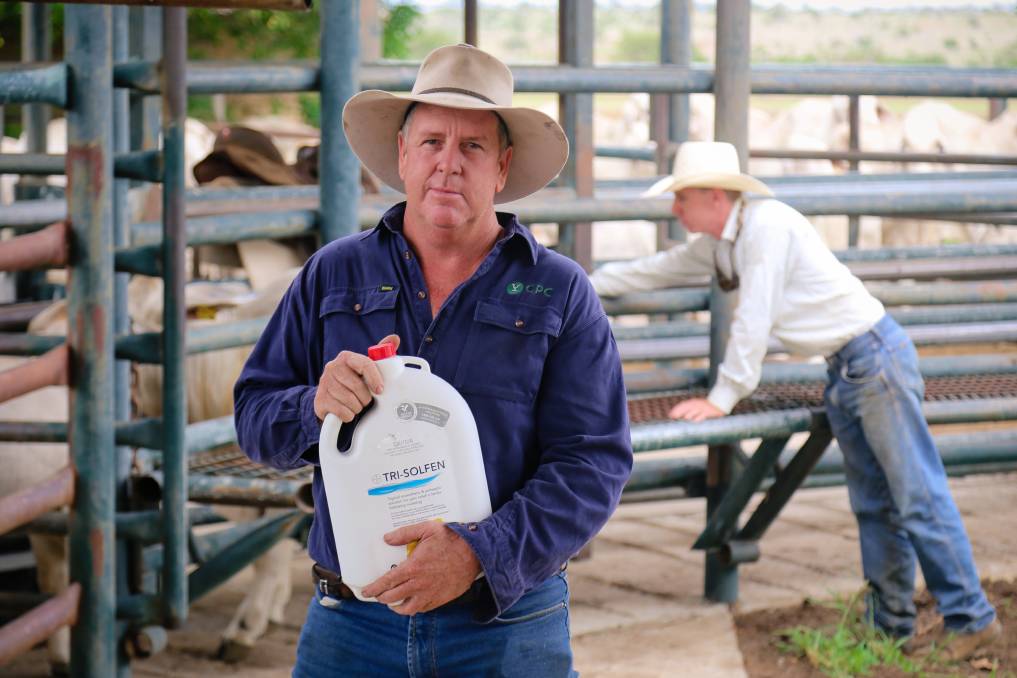Medi-Solfen®: A potential new topical analgesic for the reduction of pain when debriding Venous Leg Ulcers
Wounds result in a significant cost to the UK Healthcare system. It has recently been estimated the annual cost for treating wounds is £5 billion1 and this will rise significantly due to the increased proportion of elderly patients living longer. This figure represents 3% of the total healthcare spend. In terms of the community sector 60% of those wounds treated are chronic and the 3 major types seen are leg ulcers, diabetic foot ulcers and pressure ulcers. In the UK it is estimated that population prevalence rates generally fall in the range of 1.2–3.2 per 1,000 people.2 which means there are 70,000–190,000 individuals in the UK with a venous leg ulcer at any time. The cost to the NHS of treating patients with venous ulceration, mostly in primary care and through community nursing services, is at least £168–198m per year.3
The presence of dead or necrotic tissue (including slough) on the surface of any wound including venous leg ulcers will delay wound healing. Debridement which facilitates removal of such barriers to healing is an integral part of wound bed preparation and comprises the T (tissue removal) element in the TIME continuum to promote healing endorsed by most key opinion leaders and consensus groups4,5.
Patients with wounds often experience pain. However, there is evidence that this is often underestimated or mismanaged by health professionals6.
In addition, there are many psychological and emotional factors associated with living with a wound that can affect patients’ perception of pain, such as anxiety, stress fear and depression7.
Sharp debridement of non-viable tissue is a frequent treatment modality for leg ulcer patients. However, the procedure is not well tolerated and patients will often ask the clinicians to stop before the debridement is completed because of the pain.8,9,10
It is possible that patients will deny future consent for the sharp debridement if the first experience was painful. This also impacts on the confidence of trained physicians to achieve the depth of tissue removal necessary for optimising the process of wound bed preparation. This poses difficulties in providing optimal care and in achieving healing in a timely manner. Delayed healing eventually creates additional costs and deterioration in the patient’s quality of life. The UK NHS advocates a patient-centred approach, an approach that promotes physical comfort, including pain management11.
Current therapeutic options for wound pain relief during debridement include drug-based creams (EMLA cream) which take up to 1 hour to take effect prior to use of the scalpel8,10 and creates practical challenges in retention and possible re-application and hydrogels that may have to applied very frequently over weeks to achieve a clean wound bed12.
There is a clear need for an easy to apply product that will provide almost instantaneous and continuous pain relief prior to and after the debridement procedure. This will ensure increased confidence in achieving the wound bed preparation goals. From a patient perspective, whether it is their first time or an additional procedure, such benefits will remove any anxiety, fear or compliance with their treatment strategy. There is a clear fit with the NHS goals of achieving a patient-centred approach that promotes physical comfort, including pain management.13
From an economic perspective use of Medi-Solfen® has the potential to allow multiple debridement procedures to be routinely achieved at the start of any consultation which has the potential to result in faster healing14,15. Savings will be realised in terms of fewer nurse practitioner visits, dressing and retention bandages and in patient stays.
References
- Lindholm C and Searle R (2016) Wound Management in the 21st Century Combining efficacy and effectiveness. Int Wound J; 13(Supp 2): 5-15. century:
- Graham, I.D. et al (2003) Prevalence of lower-limb ulceration: a systematic review of prevalence studies. Advances in Skin and Wound Care; 16: 6, 305–316
- Posnett J and Franks PJ (2008) The burden of chronic wounds in the UK. Nursing times; 104(3): 44-45
- European Wound Management Association (EWMA) Position document. Wound Bed Preparation in Practice. London MEP Ltd 2004
- Leaper DJ, Schultz G, Carville C et al. (2012)Extending the TIME concept. What we have learned in the last 10 years. Int Wound J; 9 (Supp 2): 1-19
- Brown A. (2014) Strategies to reduce or eliminate wound pain. Nursing times; 110 (15): 13-15.
- Vuolo JC (2009) Wound-related pain: key sources and triggers. Br J Nursing; 18(15): S20-S25.
- Hansson, C., Holm, J., Stefan, L. and Syren, A. (1993) Repeated treatment with lidocaine/prilocaine cream (EMLA) as a topical anaesthetic for the cleansing of venous leg ulcers. Acta Dermato-Venereologica. 73: 231–233.
- Enander Malmros I, Nilsen T, Lillieborg S. (1990) Plasma concentrations and analgesic effect of EMLA (Lidocaine/Prilocaine) cream for the cleansing of leg ulcers. Acta Dermato-Venereologica. 70(3): 227–30.
- Lok, C. et al (1999) EMLA cream as a topical aesthetic for the repeated mechanical debridement of venous leg ulcers: a double-blind, placebo-controlled study. Journal of the American Academy of Dermatology. Volume 40, issue 2, pp. 208- 213.
- NHS Paper summarising Patient experience Framework (2011). Gateway reference 17273.
- Edwards H, Gibb M, Finlayson K, Jensen R. (2013) Champions for Skin Integrity Wound Dressing Guide. Hydrogels p16-19. Brisbane : Queensland University of Technology. E: woundservice@qut.edu.au ISBN 978-1-921897-79-5
- NHS Paper summarising Patient experience Framework (2011). Gateway reference 17273.
- Steed DL, Donohoe D, Webster MW, Lindsley L (1996) Diabetic Ulcer Study Group. Effect of extensive debridement and treatment on the healing of diabetic foot ulcers. J AmColl Surg; 183(1): 61-64.
- Wilcox JR, Carter MA and Covinton S (2013) Frequencies of debridement and time to heal. A retrospective cohort study of 312744 wounds. JAMA Dermatol; 149(9): 1050-1058.
